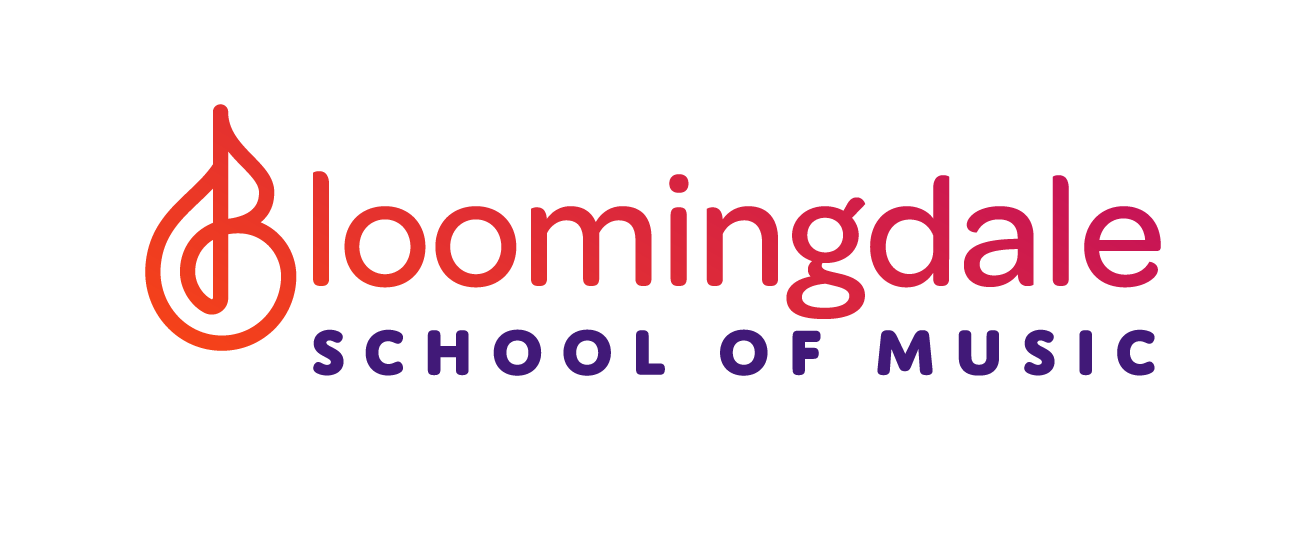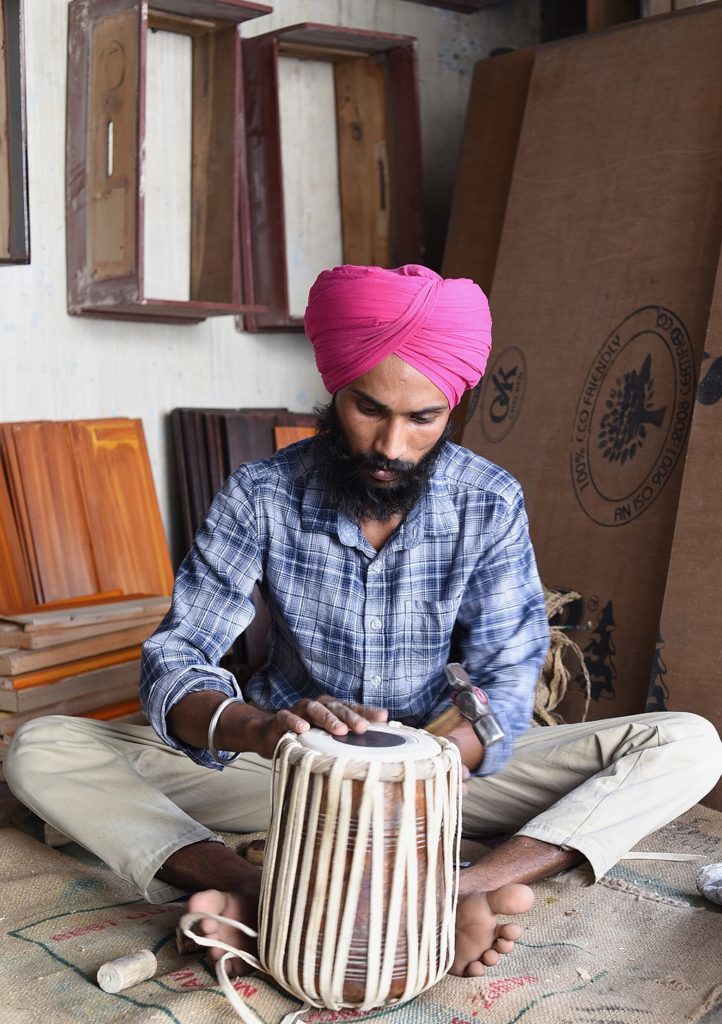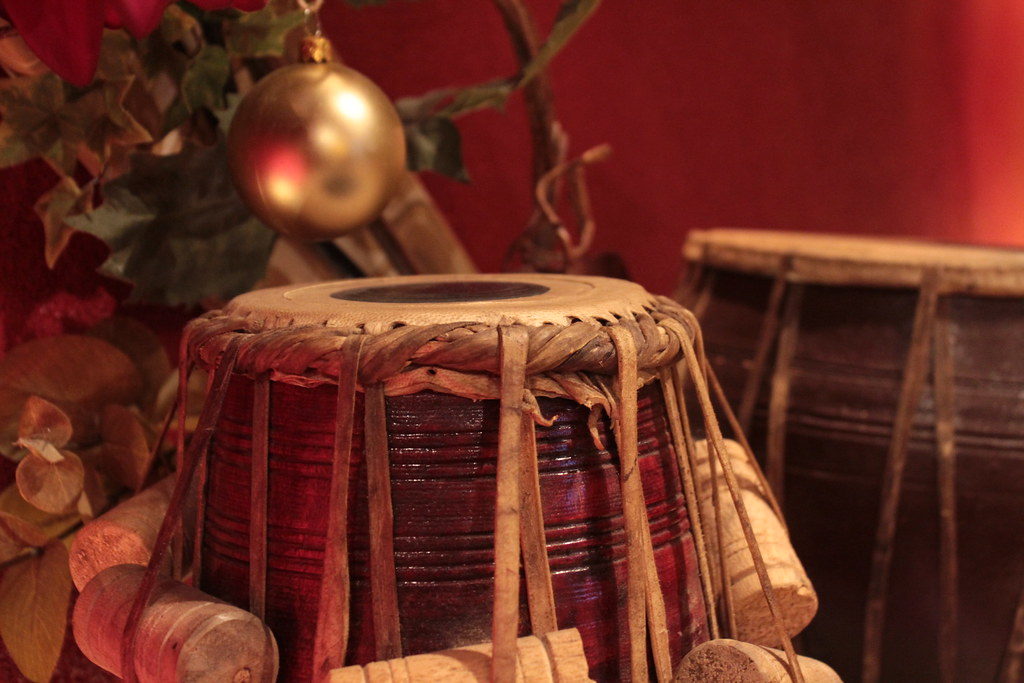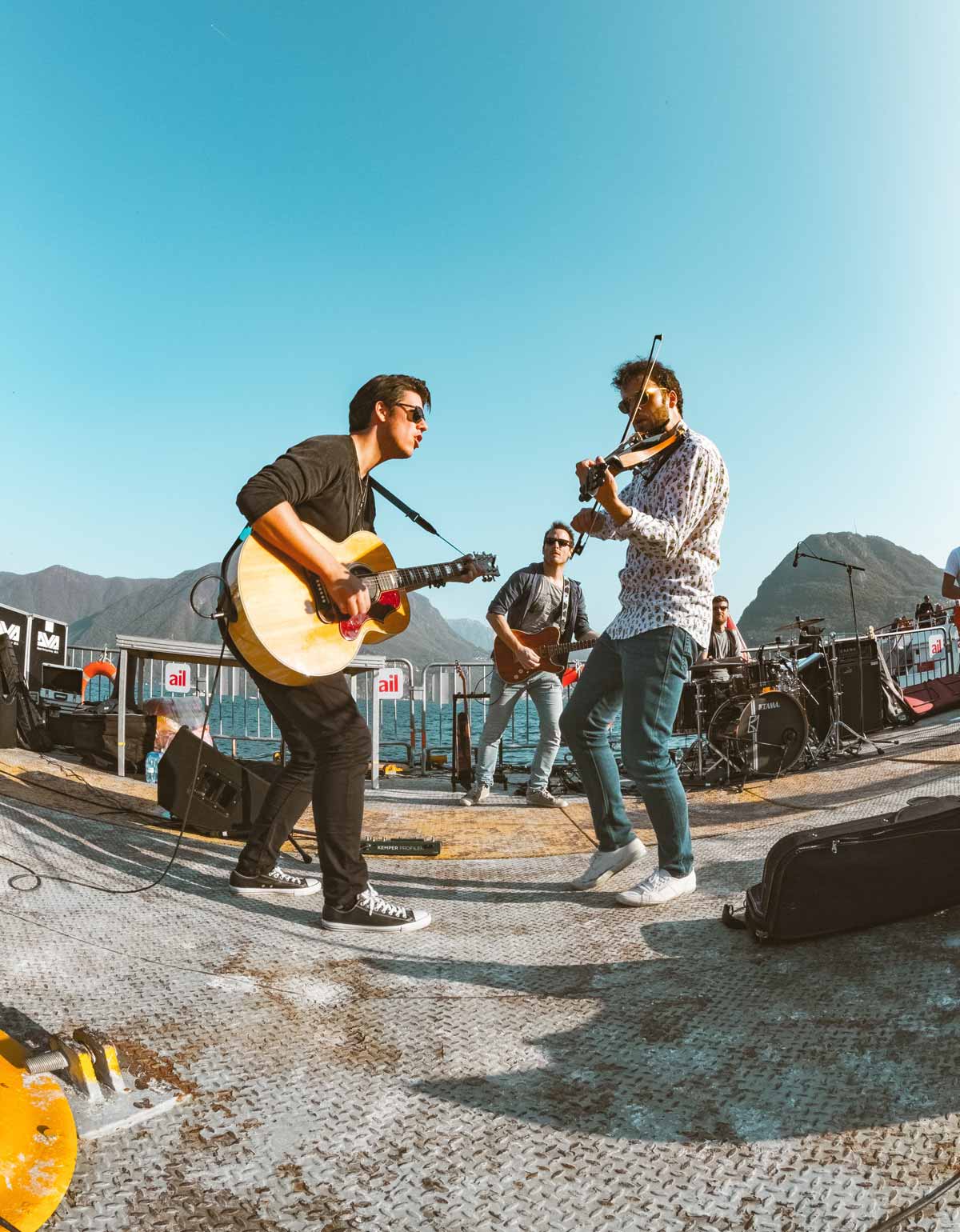The study of tabla is in the oral tradition and is a continuation of the pakhawaj repertoire, which is thousands of years old, and has developed into a supremely refined style, technique, and literature. The vast oral literature of drumming is divided into two categories, fixed rhythmic compositions and theme and variations. In ancient times, a language was developed using words called bols that were descriptive of the sounds that the drum makes. Some of these words are rooted in Sanskrit and are derived from the vibrations of the universe. Today, there are about sixteen different sounds or bols, which is remarkable for only two small drums.
The words are arranged like poetry, first in phrases, then sentences, followed by paragraphs, chapters, and then novels. These literary references are the fixed compositions that have specific names, categories, and meaning to tabla players. A person who studies tabla has to memorize an enormous number of these compositions, and they are preserved in notebooks with only the words and no musical notations. These words or bols are enough information for a tabla player to perform the music. The other technique tabla players use is a theme and variations technique similar to the great Western classical composers. In this system, a tabla player is expected to improvise like a great jazz artist.
Soon after tabla drums were invented in the early 18th century, some of the early expert players began to develop stylistic specialties that eventually turned into distinct regional schools (or families) of tabla playing called gharanas.





